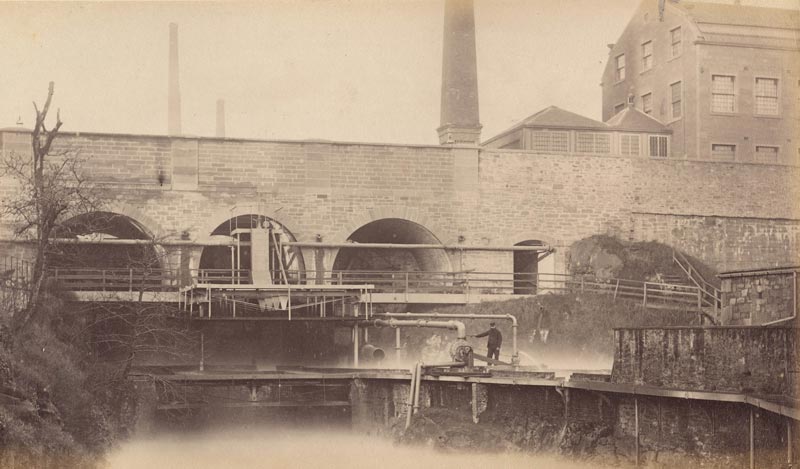Design Through Time
Industrial Water & Dundee

Dundee’s history without water is like Romeo without Juliet: inseparable. The city’s relationship with water was crucial for industrial development from as far back as the twelfth century.
Dundee is perched upon the banks on the Firth of Tay’s shoreline, a section of Scotland’s longest river that meanders for 117 miles! The city was granted its charter in 1191, expanding the scope for merchants to trade worldwide.
Rumours have it that the creation of Dundee Marmalade wouldn’t have happened without the stormy waters that forced the Spanish cargo ship to dock at the city’s port. A local grocer bought the ships’ oranges at the market, whose wife transformed them into the famous Dundonian jam.

In the eighteenth century, Dundee’s industry split into two main directions. Both demanding water sources, the port became an important centre for whaling and shipbuilding; and the textile works relied on the burns running throughout Dundee. Named supposedly after the process of waulking and scouring yarn, the Scouring Burn rises at the Logie Spout spring on the eastern slopes of Balgay Hill. It runs eastwards, following the route now known as Brook Street. With the Blackness area now a concrete jungle, you would have never had guessed! Maps from this century show concentration of the manufacturing industry along the Scouring Burn. The strong currents powered the jute mills. With the nickname Juteopolis, you can guess what the primary income was for Dundee!


Nowadays, the burn cannot be seen above ground as the watercourse has been culverted, alongside Dens Burn and Lochee Burn. A small section of the Scouring Burn can still be seen running underneath the floorboards of Verdant Works. It is definitely worth visiting if you want to know more about the prevalence of linen and jute mills within Dundee.
From trading to milling, Dundee historically has been dependent on water. The Dundonians have utilised and built around natural geographical locations to thrive and form the wonderful city that we live in today!
Words and research by Eirinn Leigh Reay